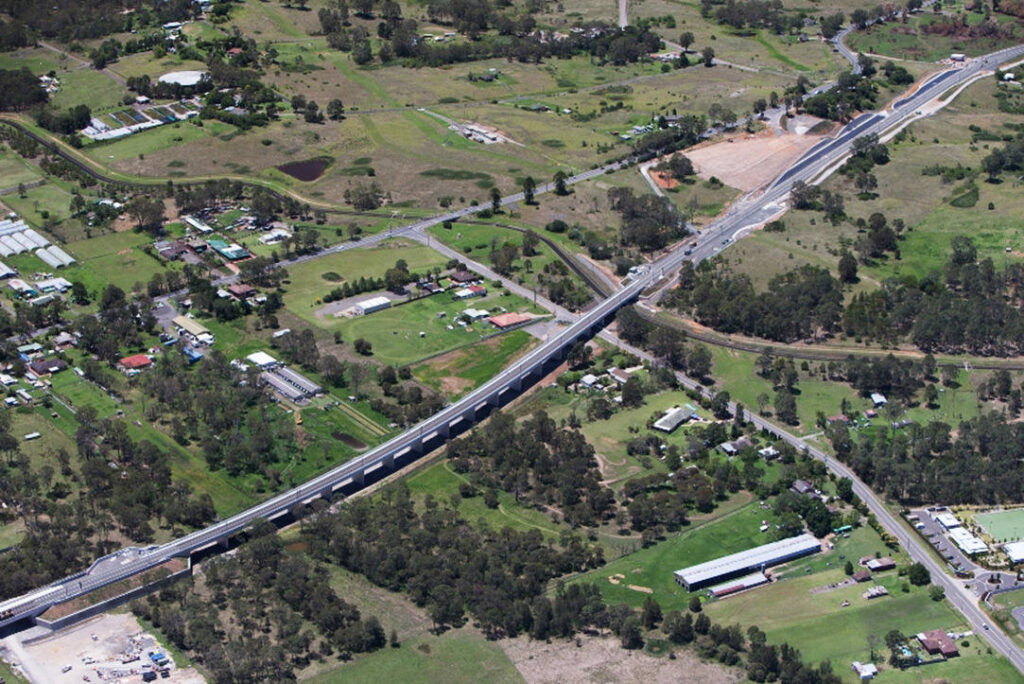NAB Group Executive, Antony Cahill, writes that Australia’s infrastructure challenge requires serious reform if we are to successfully fund Australia’s future.
Read what Antony had to say below, or visit Business Spectator.
You can also read NAB’s full submission to Infrastructure Australia’s Australian Infrastructure Audit.
By Antony Cahill, NAB Group Executive, Product & Markets
It is often said that Australia has a $700 billion infrastructure pipeline funding requirement — a figure first highlighted almost a decade ago. Recent population projections now suggest we will need to accommodate an additional 24 million people over the next 40 years.
Rapid reform is required to create an environment conducive to the delivery of this pipeline of critical projects. We need a range of solutions and a steadfast commitment from both the public and private sectors to deliver on it.
As the nation’s business and political leaders meet for the National Reform Summit in Sydney, it is time we confront the key issues concerning future infrastructure in this country.
To best ensure certainty in the infrastructure pipeline, market conditions must first be attractive for investors. NAB’s submission to Infrastructure Australia’s national infrastructure audit identified two key areas related to investment conditions that need to be improved.
The first is the active creation and promotion of a larger range of funding options for infrastructure projects.
A recent report from Rice Warner identified that of the large and growing pool of national savings, only 7.6 per cent is invested in Australian fixed interest products — and even less is invested in infrastructure-specific investments. Creating opportunities for these funds to invest in infrastructure projects will make a significant contribution to meeting the funding challenge presented by the future infrastructure pipeline.
Furthermore, with investors increasingly moving into the drawdown phase of superannuation, and ageing members becoming more risk averse, it is reasonable to assume the demand for stable cash flow returns that can be generated from investments such as infrastructure will only increase.
There needs to be greater certainty over which projects will be developed. As well as this, government policy needs to be formed on the back of a clearly agreed plan of infrastructure priorities, based on transparent cost-benefit analysis and the delivery of required social amenity.
Successive governments must remain committed to the support and delivery of such a plan to ensure the delivery of long-term priority projects and in turn assure investor confidence; something that is vital at a time when Australia is competing with a multitude of other developing and developed markets for capital investment.
The private sector also has an important role to play in relation to the development of our future infrastructure; in fact it has a key role, which is to serve as an instigator of change.
The only way Australia’s infrastructure pipeline will be delivered is if the private sector mounts the case for serious reform. As the government’s fiscal pressures increase, the private sector must take a more pro-active and prominent position in the development and funding of future infrastructure.
Such an approach will assist governments in delivering projects that maintain Australia’s high-quality living standards, while also building greater attractiveness in international markets. In short, the private sector can play an important role in both shaping and driving the confidence that everyone needs to see.
It is critical a bipartisan and de-politicised approach is adopted towards major infrastructure projects in Australia. Under such a framework, greater confidence in our infrastructure pipeline can and will be delivered.
As RBA governor Glenn Stevens recently noted, the dual challenge of the need to build confidence and the short termism of politics — a result of the electoral cycle — continues to inhibit certainty in the infrastructure pipeline and the realisation of projects the country needs.
For Australia to realise its infrastructure objectives, it is incumbent upon both the government and the business community to ensure decisions are made with a long-term perspective.
By addressing these issues and continuing the cooperation between the private and public sectors, Australia can become a global leader on infrastructure.
-ENDS




